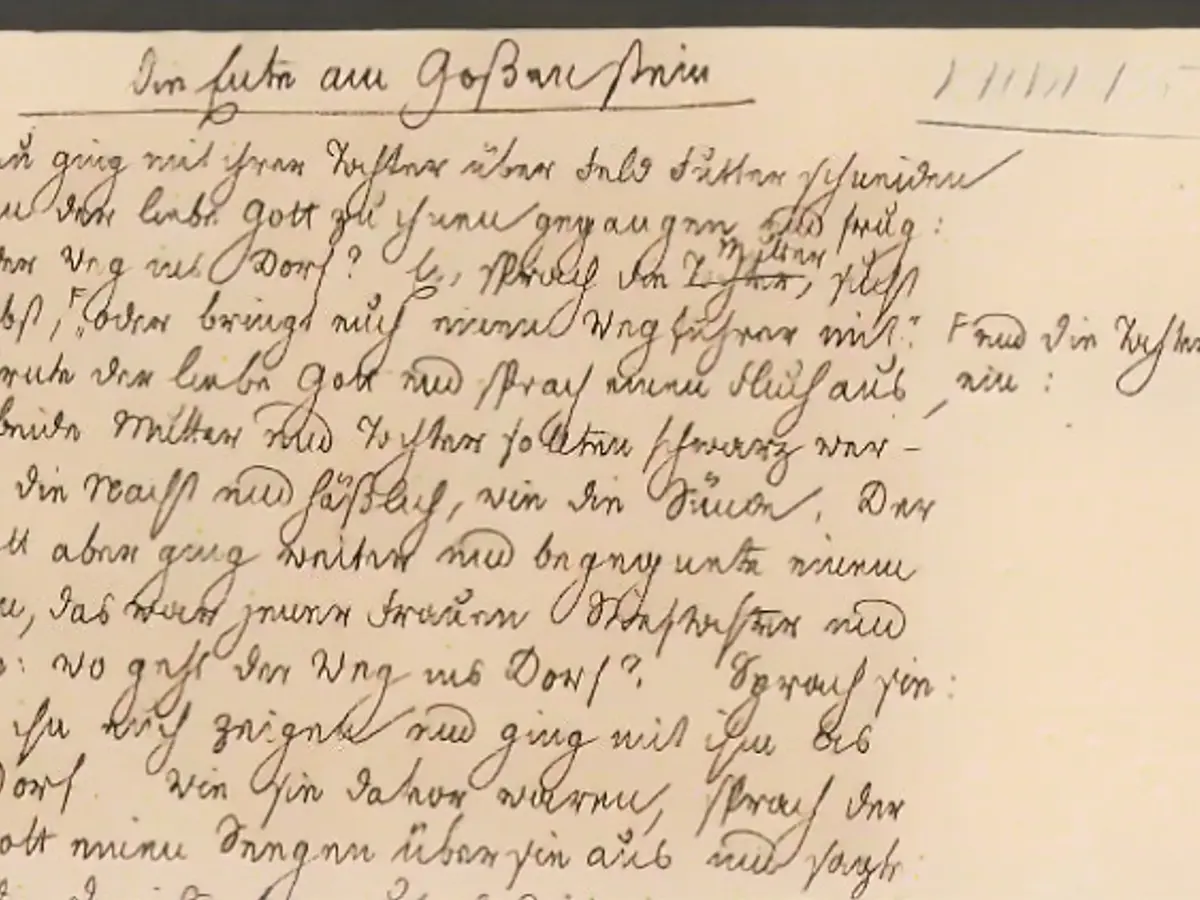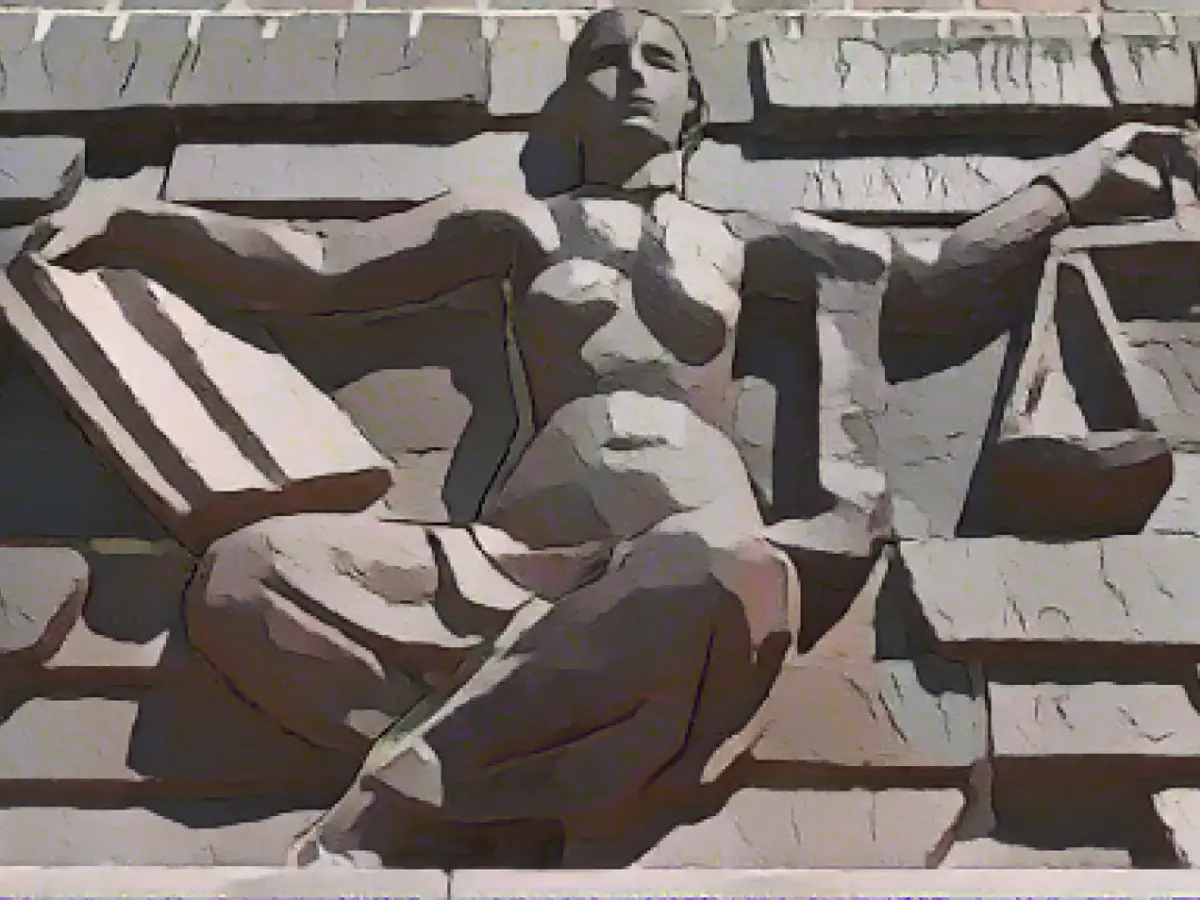Unveiling Hidden Gems in the World of Grimm Fairy Tales
The beloved tales of the Brothers Grimm have captivated audiences worldwide. Recently, a fairy tale researcher, Professor Holger Ehrhardt from the University of Kassel, dug up a treasure trove of previously uncharted writings by the brothers in their estate. This discovery has opened new doors to understanding the rich heritage and traditional elements embedded in these timeless stories.
In their extensive Berlin estate, Professor Ehrhardt discovered a staggering 54 unknown manuscripts by the Brothers Grimm. Among these hidden gems, he also found manuscripts contributed by people who sent fairy tales and legends to the brothers. Furthermore, transcripts of fairy tales narrated by the local population also surfaced, enriching our understanding of these stories' roots.
A closer look at the transcripts revealed interesting linguistic nuances. For instance, the fairy tale "The poor farmer in the churchyard," told by Dorothea Viehmann, retained dialectal expressions like "Viehmännin." This insight paints a vivid picture of the North Hessian dialect of that era.
Challenging decades-old assumptions
One of the most intriguing discoveries was the fairy tale "The Duck on the Goßenstein," initially attributed to the von Haxthausen family. However, meticulous linguistic analysis proved that Dorothea Viehmann was in fact the author of this tale.
Professor Ehrhardt notes that Viehmann held a more open perspective on corporeality, which was reflected in her storytelling. He further clarified this in the accompanying university podcast, commenting on Wilhelm Grimm's mistake in attributing the tale to the von Haxthausen family.
This discovery not only reshapes our understanding of the Grimms' collection but also highlights the importance of local storytellers and their influence on these beloved tales.
Setting the record straight
The Grimms are often misconstrued as inventors of fairy tales, lending them an air of authenticity. However, this discovery will put an end to that misconception once and for all. As Professor Ehrhardt stated, "There is a persistent belief that there were only a few original versions, but the Grimms invented them to lend authenticity to the stories. This has now been refuted once and for all."
The Oelenberg manuscripts, previously considered the few surviving original versions of the Grimm fairy tales, will be supplemented with the newly discovered 54 manuscripts. The Grimms' vast catalog, comprising over 200 fairy tales and stories, will now offer a more nuanced and authentic view of their sources and influences.
Re-evaluating the traditional narrative
Professor Ehrhardt's discovery underscores the importance of uncovering untold tales and their origins. This process challenges our perceptions, revealing a more complex and nuanced picture of the development of fairy tales and their role in shaping storytelling traditions.
This revelation also forces us to reconsider the role of the Brothers Grimm as collectors and preservers of oral traditions, as opposed to originators of the tales we know and love. The discovery of "The Duck on the Goßenstein" emphasizes the importance of local storytellers and the interplay between tradition and adaptation in shaping these beloved stories.
In conclusion, the recent discovery of previously uncharted manuscripts by the Brothers Grimm serves as a testament to the ongoing process of unearthing the richness and complexities of fairy tale traditions. This newfound knowledge challenges our assumptions and underscores the importance of preserving the diverse cultural heritage beneath the surface of our beloved stories.








